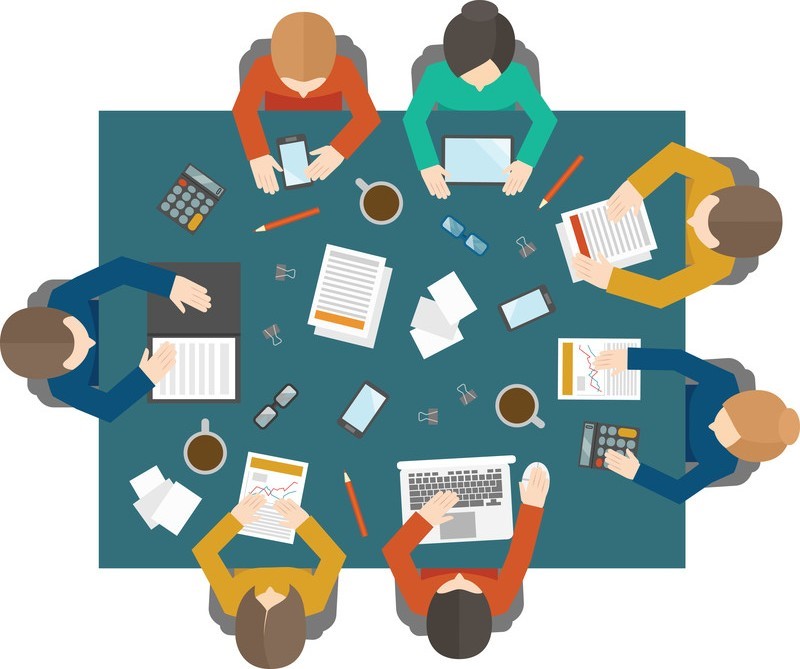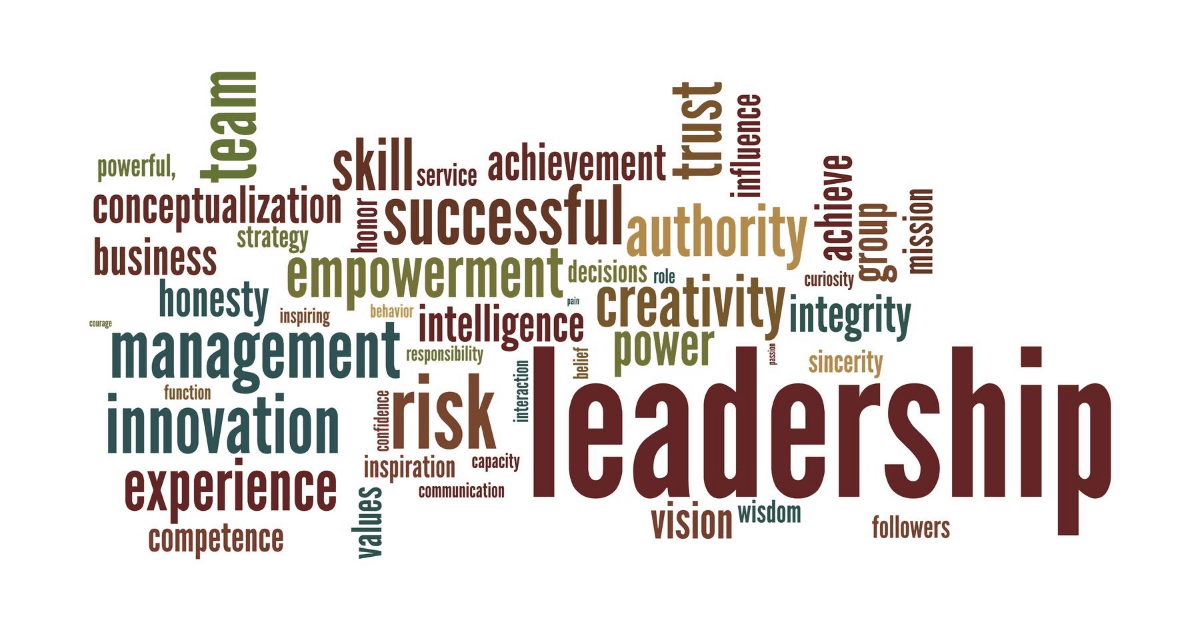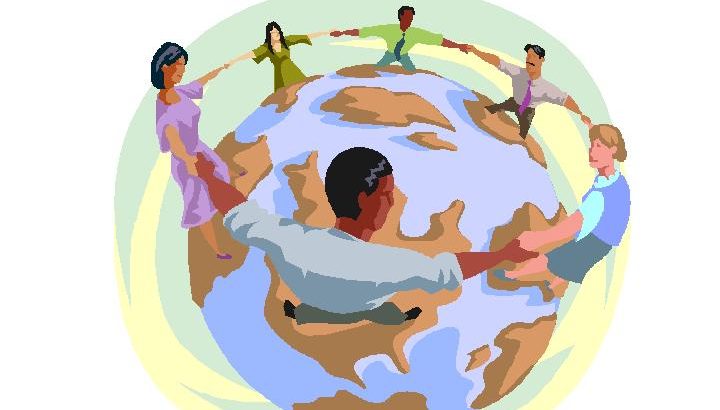Kelly Bosch
Group Presentations Blog
(Intercultural Communication, Group Communication and Leadership)
Group #1: Group 1 discussed intercultural communication. They were assigned chapter 3. Intercultural communication is the communication between people from different cultures. Culture is defined as the ways of life including the arts, beliefs and intuitions of a population that are passed down from generation to generation. Intercultural communication seeks to understand the differences in how people from a variety of cultures act, communicate, and perceive the world around them. I thought this topic was very interesting to learn about, since we don't always really think about how there are a variety of different cultures with distinct beliefs and customs and how these things can affect and play a big role in communication overall. Something worth mentioning is that when there are people from 2 different cultures communicating, we can see that the way people were brought up and the norms they grew up with really influences the conversation. It's very beautiful to see how we are all so different and what makes us different which for one is culture. Culture is what defines us and what makes us so diverse. Which I think is lovely. Anyways, this group did a very good job of presenting this topic and I can say that I learned a lot about this presentation and about intercultural communication in general. This group did very well in terms of discussing how culture has a big impact on communication. I really enjoyed and took in a lot of this presentation
Group #2: Group 2 spoke about communicating in groups. Which was Chapter 9 in the book. First, they talked about the variety of different types of social groups. The different types are families, social groups, support groups, interest groups, service groups, virtual groups, work groups and teams. They defined all the different types of social groups perfectly, which the audience could understand. Healthy groups have ethical goals. Healthy groups have goals that benefit both members and the larger society. Then we learned about the stages of group development, which are forming, storming, norming, performing, adjourning and transforming. Lastly, we learned about conflicts in groups and the different types. I thought this group did really well in terms of presenting and explaining how clear communication in groups is essential. They also added a lot of YouTube videos to their slideshow which made the presentation more fun and they thought about group communication in an interesting way. In the end, group 2 did an amazing job of explaining the different ways groups could communicate. I really enjoyed this presentation for many reasons.

Group #3: My group got to present chapter 10 of the book, which talked about leadership and the different types of leaders that exist. It also lightly mentioned how group communication is very important, especially in a work environment. I enjoyed talking about this topic because it was a bit different from what the other groups had talked about. We got to discuss what being a good leader is. Leadership has many definitions but in general it is the action of leading a group of people or an organization. There are five leadership styles, which are autocratic, participative, laissez-faire, transformational, and servant. Autocratic leadership is when full power and authority is given to the leader who is the ultimate decision-maker. Participative leadership is when all team members are involved in making critical decisions. Laissez-faire (a french term that translates to "leave alone") is when responsibility is delegated to team members and they are free to work on their own with minimum or no interference. Transformational leadership is when leaders set high goals and strict deadlines for themselves and the team to achieve the best results. Lastly, servant leadership focuses on being a servant to others in order to ensure that other people's highest priority needs are served. Great leadership inspires, motivates, and sets an example for people to accomplish positive changes in the world. A good leader is able to bring out the best abilities in their team members and motivate them to work together in achieving a mutual goal. A good leader is also organized and keeps the team on track and focused on avoiding delays. I thought that my group's slideshow was very well made because we made a lot of bullet points and kept things short and simple in terms of explaining things and focused on interacting with the audience a bit more. We asked a lot of discussion questions and got to hear about the participant's experiences of a time where they had to step in and take on the role of a leader and their definition of what a good leader is to them. We also included a lot of visual examples, like YouTube videos, pictures, etc. One of our group members even created an agenda as an example of how meetings should be planned to show how meetings should mention the key points of whatever the meeting is about and to make sure the meeting is dragged our for too long and make sure everyone in this meeting gets a say. Overall, I think my group and I did a very good job of explaining what true leadership is and how we can be a good leader in situations. We learned what being a true leader is.



Comments
Post a Comment